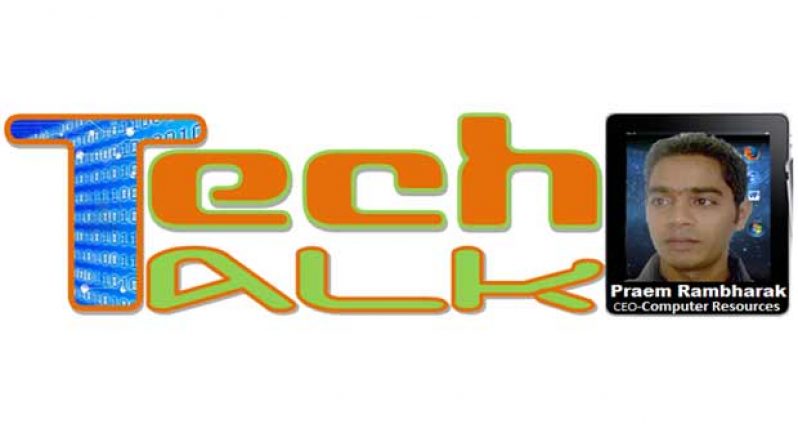Web browsers are the most widely used software. In this primer, I will explain how they work behind the scenes. We will see what happens when you type google.com in the address bar until you see the Google page on the browser screen. The browsers we will talk about
 There are five major browsers used on desktop today: Chrome, Internet Explorer, Firefox, Safari and Opera. On mobile, the main browsers are Android Browser, iPhone, Opera Mini and Opera Mobile, UC Browser, the Nokia S40/S60 browsers and Chrome–all of which, except for the Opera browsers, are based on Web-Kit. I will give examples from the open source browsers Firefox and Chrome, and Safari (which is partly open source). According to Stat-Counter statistics (as of June 2013) Chrome, Firefox and Safari make up around 71% of global desktop browser usage. On mobile, Android Browser, iPhone and Chrome constitute around 54% of usage.
There are five major browsers used on desktop today: Chrome, Internet Explorer, Firefox, Safari and Opera. On mobile, the main browsers are Android Browser, iPhone, Opera Mini and Opera Mobile, UC Browser, the Nokia S40/S60 browsers and Chrome–all of which, except for the Opera browsers, are based on Web-Kit. I will give examples from the open source browsers Firefox and Chrome, and Safari (which is partly open source). According to Stat-Counter statistics (as of June 2013) Chrome, Firefox and Safari make up around 71% of global desktop browser usage. On mobile, Android Browser, iPhone and Chrome constitute around 54% of usage.
The browser’s main functionality
The main function of a browser is to present the web resource you choose, by requesting it from the server and displaying it in the browser window. The resource is usually an HTML document, but may also be a PDF, image, or some other type of content. The location of the resource is specified by the user using a URI (Uniform Resource Identifier).
The way the browser interprets and displays HTML files is specified in the HTML and CSS specifications. These specifications are maintained by the W3C (World Wide Web Consortium) organization, which is the standards organization for the web. For years browsers conformed to only a part of the specifications and developed their own extensions. That caused serious compatibility issues for web authors. Today most of the browsers more or less conform to the specifications.
Browser user interfaces have a lot in common with each other. Among the common user interface elements are:
• Address bar for inserting a URI
• Back and forward buttons
• Bookmarking options
• Refresh and stop buttons for refreshing or stopping the loading of current documents
• Home button that takes you to your home page
Strangely enough, the browser’s user interface is not specified in any formal specification, it just comes from good practices shaped over years of experience and by browsers imitating each other. The HTML5 specification doesn’t define UI elements a browser must have, but lists some common elements. Among those are the address bar, status bar and tool bar. There are, of course, features unique to a specific browser like Firefox’s downloads manager.
HAPPY 20TH BIRTHDAY PLAY STATION
The PlayStation gaming console wrapped up its second decade on Wednesday, and Sony celebrated by looking to the past.
The Japanese tech giant announced that a limited edition 20th Anniversary PlayStation 4 will be released soon. The console will be gray, like the first PlayStation released  December 3, 1994 in Japan. It will include other imagery like the iconic four-color PlayStation logo that harks back to the system’s history.
December 3, 1994 in Japan. It will include other imagery like the iconic four-color PlayStation logo that harks back to the system’s history.
“The mid-’90s were an exciting time for game developers, driven by the explosion of powerful but affordable 3-D graphics rendering hardware and the birth of many young and adventurous development studios. The original PlayStation was meant to embody that sense of adventure and discovery, that sense that anything was possible.”
The PlayStation sold a then unheard-of 100,000 units in its first weekend and hit 1 million units in six months, according to Sony.
Only 12,300 units of the 20th Anniversary PS4 will be released, according to a video on the blog post.
Driverless cars set to be tested in four English cities
The four English locations picked to test driverless cars have been named.
Greenwich, in south-east London, and Bristol will each host a project of their own, while Coventry and Milton Keynes will share a third.
The decision was announced by the quango Innovate UK, after George Osborne’s Autumn Statement.
The chancellor also announced an additional £9m in funding for the work, adding to the £10m that had been announced in July.
The businesses involved will add further funds.
Bristol will host the Venturer consortium, which aims to investigate whether driverless cars can reduce congestion and make roads safer.
Its members include the insurance group Axa, and much of its focus will be on the public’s reaction to the tech as well as the legal and insurance implications of its introduction.
Greenwich is set to run the Gateway scheme. This will be led by the Transport Research Laboratory consultancy and also involves General Motors, and the AA and RAC motoring associations. It plans to carry out tests of automated passenger shuttle vehicles as well as autonomous valet parking for adapted cars.
In addition, a self-drive car simulator will make use of a photorealistic 3D model of the area to study how people react to sharing the driving of a vehicle with its computer.




.png)









